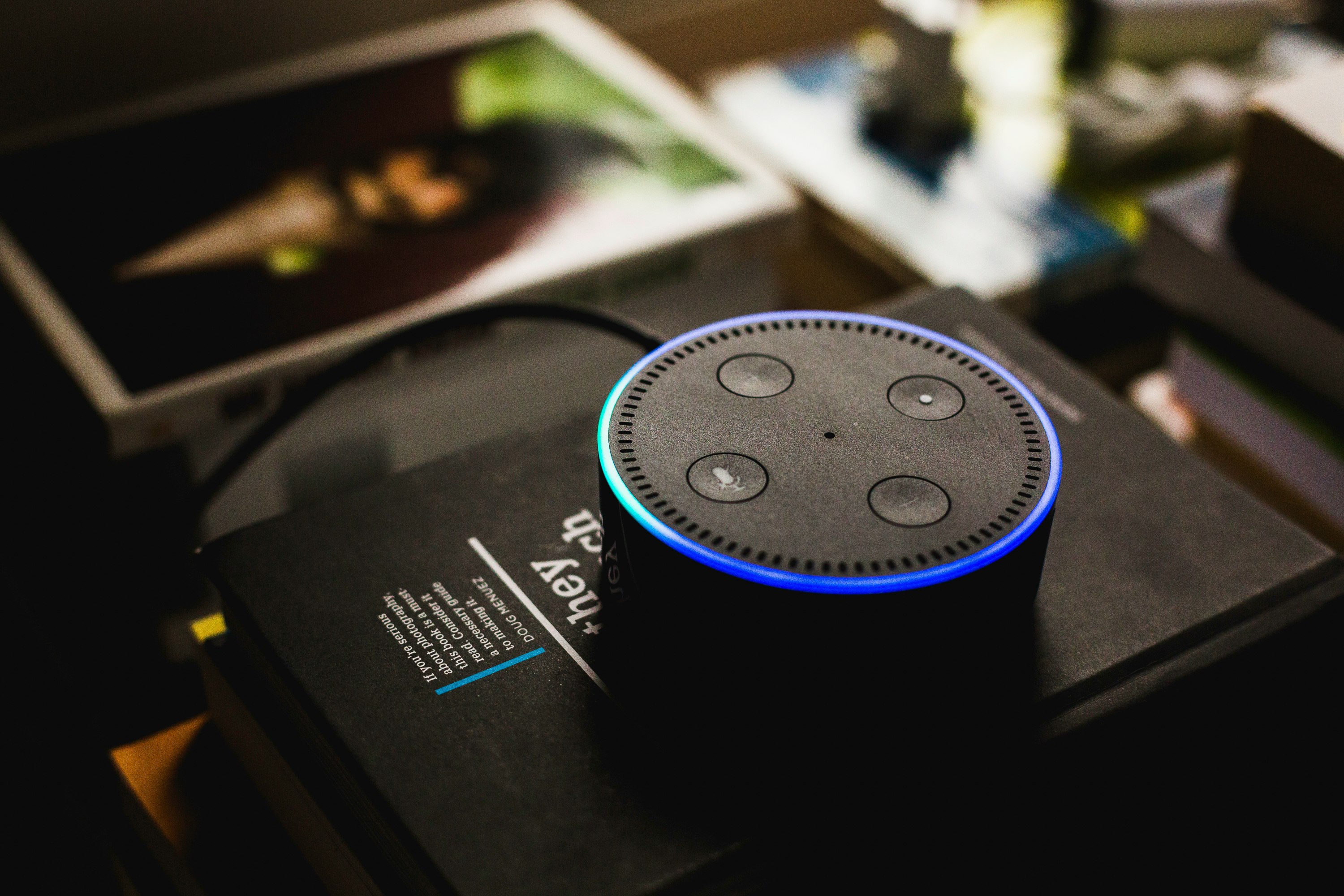The adoption of new technology is essential in attracting a younger donor base. This is an excellent move to renew things as the donor-base grows older, and there is a need to recruit a new generation of donors, activists, volunteers, and nonprofit advocates. The adoption of technology is attributed to the changes in the age demographic of donors. Millennials now make the largest and fastest-growing donor base. With this growth, millennials are increasingly demanding to understand the impact of their contributions. Organizations are giving in by demonstrating concrete results of their causes with the help of technology.
Nonprofits have identified how the internet of things technologies can enable collecting and analyzing data, such as identifying the in-kind donations, interventions, and programs that are in high demand at a specific time. The analysis of such data can lead to strategic fundraising efforts that will attract, engage and retain donors based on how they respond to new marketing or outreach initiatives. The advances in IoT can also help nonprofits engage customers, optimize their daily operations, and address rising issues proactively, that provides the basis for informed decision-making.
With the rising demand for IoT devices by nonprofits, its adoption continues to rise, and so are the potential uses of this technology by charities and other industries. Charities now have a chance to invest in this technology to revolutionize their services. This technology also enhances communication between nonprofits and their supporters. Because they are connected, the “things” can transmit information and communicate with other connected devices. They can gather data and share them between themselves allowing charities to receive intelligence and act on it. Right now, nonprofits aim at becoming data-driven.
IoT promises to provide access to the massive amounts of highly relevant data collected by sensors and “things.” Nonprofits can use this data for predictive maintenance or optimization of operations in addition to helping equip organizations with knowledge to engage donors in better and informed ways. The most important thing for any charity is the connection with the donors. IoT enables donors to use sensor data to forge strong, informed partnerships through the information that is factual and easy to digest. Nonprofits can use sensors to connect with the existing platforms such as social media, email campaigns, and fundraising events.
Nonprofits can use IoT to entice new donors and create meaningful relationships by ensuring transparency in their projects such as water provision, medical care, and educational services. Sensors can be installed on wells to monitor water levels, when and how much water is extracted at a specific time or day. This information can show the donors the work that their donations are doing.
As more people continue joining the online community each day, IoT will soon become a critical element in managing and running nonprofits. As nonprofits seek to embrace technology and use it to attract a new generation of donors through fact-based decisions, they should ensure that they understand the advantages that IoT brings before adopting and using it. This will help them gather data that is meaningful and that positively impacts their causes.












